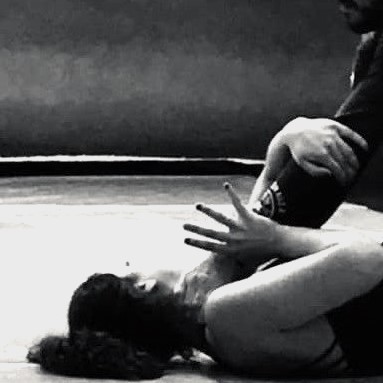How to Protect Physical Integrity and Prevent Serious Harm
Knowing how to protect oneself and having the necessary skills are keys to safeguarding physical integrity and preventing serious harm in confrontational situations. Successfully managing such situations can mean the difference between safety and serious injury or worse.
Many believe these situations involve only brutal physical strikes.
Codified and studied over many years, it’s now possible to approach these confrontations as a defense system. Succeeding in such situations requires skills like grappling, boxing, and kickboxing, as well as self-confidence to engage in these confrontations.
Self-defense methods have become popular in recent years, with many spending hours watching videos, thinking they can learn. However, passive observation won’t develop the muscle memory needed to effectively engage in such confrontations. Active practice is essential to master these techniques regularly.
Learning to manage aggression or its absence to truly succeed in protecting physical integrity and preventing serious harm cannot be achieved through a screen. Required knowledge demands constant practice and mental training. There are no rules or set stances; it’s about learning to assess situations, knowing the best ways to handle them, and the safest ways to emerge.
The Reality of Confrontational Situations
While general principles can be applied, the unpredictability of such encounters means no two confrontations are the same. Adaptability is crucial, emphasizing the need to adjust to each circumstance.
Upon learning the complexities of protecting physical integrity and preventing serious harm, it’s clear they differ significantly from traditional martial arts.
Key Characteristics of Confrontational Situations
- There are no rules.
- They are fast-paced and explosive.
- They are brutal and unforgiving.
- Attacks can come unexpectedly.
- They rely on unpredictability, spontaneity, and adaptation.
- Most confrontations end up on the ground.
- They can lead to serious injury or death.
- The face and head are primary targets.
- Punches are the most commonly used attack method.
- Spectators often get involved.
- Etc.
Differences Between Conventional and Extreme Self-Defense Styles
Even within self-defense methods, such as those seen in krav maga and kapap, there are style differences. It’s essential to have both in your arsenal to defend against various types of aggressors encountered in different environments.
- “Conventional” self-defense aims to preserve personal integrity and escape quickly.
- “More extreme” self-defense includes tactics designed to incapacitate an assailant completely and prevent serious bodily harm. These tactics should only be used in life-threatening situations, as they can cause fractures, bleeding, disability, or even death. Legitimate self-defense applies only when necessary to protect one’s life.
Factors to Consider
From the outset, key factors to watch include:
- The distance of the altercation: Knowing the opponent’s distance determines which tactics to use.
- Type of confrontation: Surprise attack, threat, multiple assailants? Intensity levels guide the choice of tactics to neutralize the danger.
- Whether the opponent is armed and the type of weapon they have makes a significant difference.



